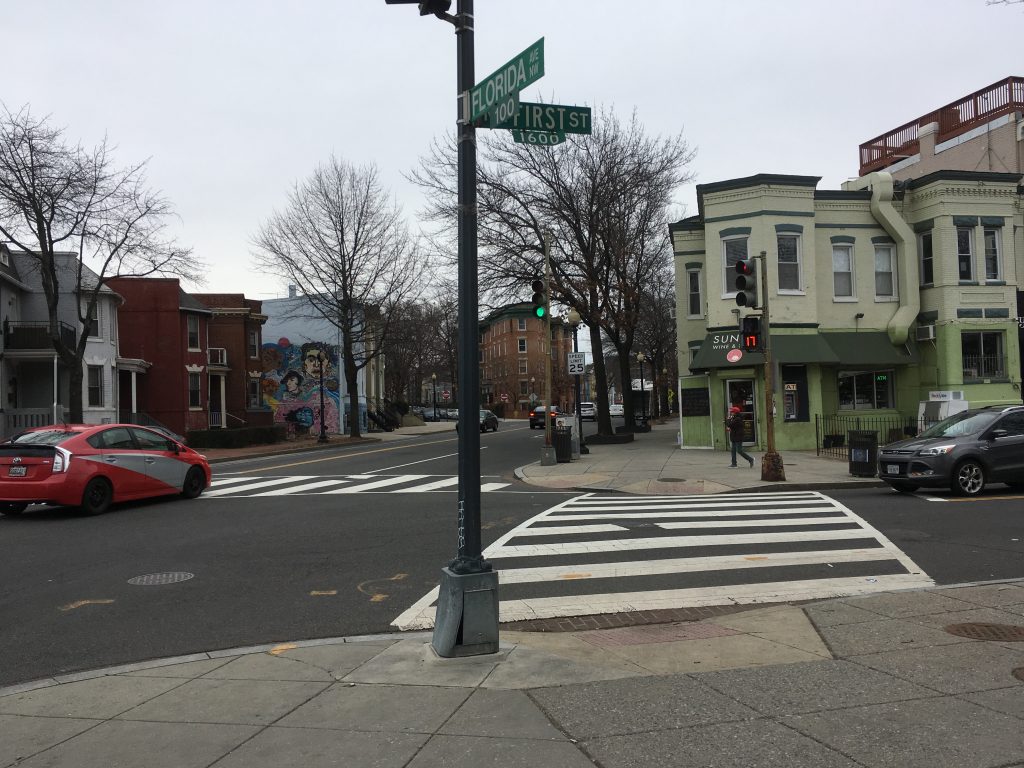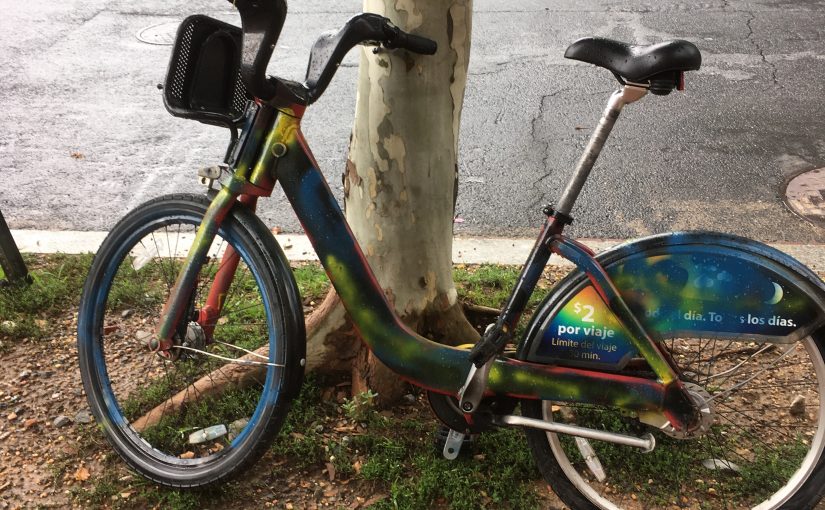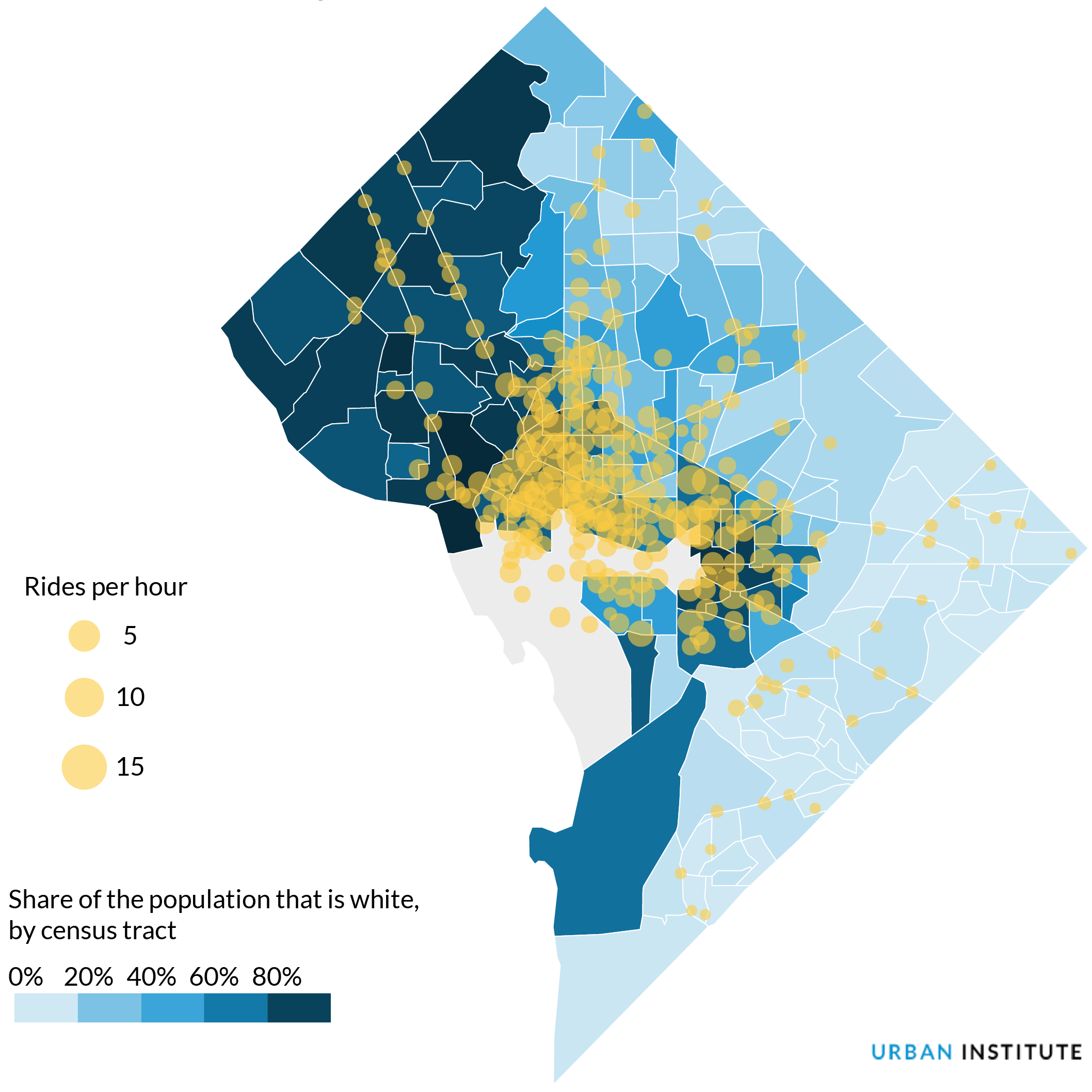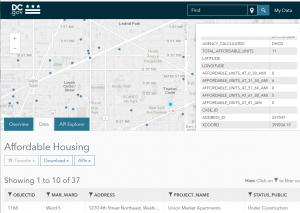 DC schools aren’t of much interest to folks without kids. They are of interest to people who like their neighbors who have kids. Because if the neighborhood schools suck and if they don’t get into the charter they want, then there is a strong possibility that family is moving. I have seen it with my own eyes.
DC schools aren’t of much interest to folks without kids. They are of interest to people who like their neighbors who have kids. Because if the neighborhood schools suck and if they don’t get into the charter they want, then there is a strong possibility that family is moving. I have seen it with my own eyes.
Back in the 00s, as soon as a couple found out they were pregnant a moving van followed. There were a few who stuck around, a hardy bunch who sent their children to charter schools, but there were many others who left. I can think of a few couples who left before their kid was born, those who left before their kid formed complex sentences, and those whose luck ran out (or figured it would) when the 2nd or 3rd kid didn’t get into their sibling’s charter. These families voted with their feet.
Last night I attended one of many meetings that has occurred and will occur about middle school options for Shaw families. The “elephant in the room” as one parent described it was the currently empty Shaw Junior High School at 925 Rhode Island Ave NW. The meeting organizers focused on the Cardozo Feeder Pattern, see elementary schools in Shaw (Seaton, Garrison, Cleveland, etc) feed into Cardozo Middle School which is the same site as Cardozo High School. The percentage of kids who actually move on to Cardozo from Shaw elementary schools is crazy low. Like 12% low when the city average is 40-some odd percent. Parents are obviously voting with their feet and saying ‘Hell no’ to Cardozo.
At one point in the meeting we broke out into discussion groups. Upon hearing this the Help rolled his eyes and was glad he stayed home. One of the questions for the group was how could parents commit to placing their kids to the Cardozo feeder program. Short answer- yeah that’s not happening. We came up with improving programing, separating the middle school population from the high school population and making the high school better. However earlier in the meeting a woman mentioned that they’ve been talking with the Cardozo principal for 6 years about programing, and she asked can we just say the Cardozo solution is a failure?
My impression of the meeting was that it was local government theatre. These meetings allow the Mayor, the decider, to check off a box to say she let the community be heard. My spidey sense tells me she’s just going to ignore neighborhood parents’ wishes. Parents’ choices will be playing the DC school lottery for a better DCPS school or a charter or voting with their feet out to the ‘burbs.
Links-
#SaveShawMS Twitter- https://twitter.com/saveshawms
Shaw Middle Site is Best for Shaw Elementary Schools-http://21csfweb.org/blog/?p=312
Seaton Elementary School- https://www.myschooldc.org/schools/profile/99
Cardozo Education Campus- https://www.myschooldc.org/schools/profile/20






